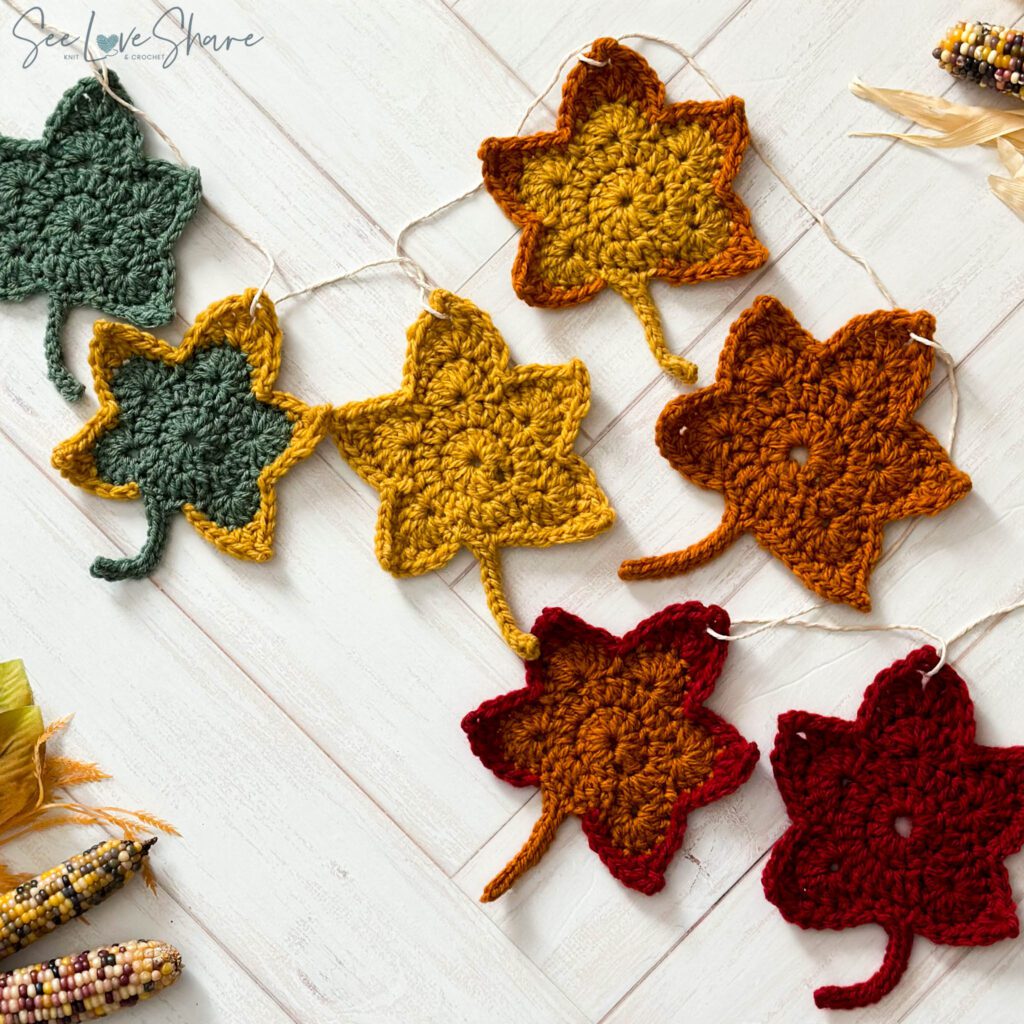Crochet Crochet Extras & Fun! How-To
October 5th, 2024
Knit & Crochet Blocking Tutorial The Ultimate Guide to Blocking
Knit & Crochet Blocking Tutorial The Ultimate Guide to Blocking: Elevate Your Knit and Crochet Projects!
Knit & Crochet Blocking Tutorial The Ultimate Guide to Blocking! Blocking is one of the most essential, yet often overlooked, steps in finishing knit and crochet projects. Whether you’re a seasoned crafter or just getting started, mastering the art of blocking will take your handmade items to a whole new level of professionalism. It smooths out uneven stitches, enhances the shape of your projects, and makes your pieces look polished and perfectly finished. In this guide, we’ll walk you through everything you need to know about blocking—from why it matters to how to do it for different types of yarns and projects.
What Is Blocking?
Blocking is the process of wetting or steaming your finished knit or crochet project, shaping it to the correct dimensions, and letting it dry to set the stitches. This helps to even out any irregularities, open up stitch patterns like lace, and ensure the project lays flat or holds its intended shape.
Many knitters and crocheters skip blocking, but it’s a step you should never overlook. Blocking can turn a slightly uneven scarf into a professional-looking accessory or make a detailed lace shawl bloom into its full beauty.

Why Is Blocking Important?
Blocking offers a variety of benefits, including:
- Smoothing Out Stitches: Even experienced knitters and crocheters can have uneven stitches. Blocking relaxes the fibers, letting the stitches settle evenly for a smoother, more uniform look.
- Shaping: Whether you’re making a sweater, hat, or scarf, blocking allows you to adjust the shape of your project so it fits perfectly. This is especially helpful for garments that need to meet specific measurements.
- Opening Up Lacework: Lace patterns, both in knit and crochet, can look scrunched and unclear until they are blocked. Blocking spreads out the open spaces, making the lace design more visible and giving it the delicate, airy look it’s meant to have.
- Adding Structure: Blocking can help your project hold its shape better, making edges straighter and details crisper. This is particularly useful for items like blankets, shawls, or anything with detailed motifs.
When Should You Block Your Project?
Not every project needs blocking, but it’s beneficial for:
- Lace: Essential to open up the intricate designs and give the fabric the proper drape.
- Garments: Helps ensure the fit is just right, particularly for sweaters, cardigans, or hats.
- Home decor items: Blankets, pillow covers, and table runners benefit from blocking to smooth and shape them.
- Amigurumi: Light blocking can help smooth stitches or shape limbs, though be gentle to avoid over-softening.
If your project is looking a little wonky or the yarn isn’t laying flat, blocking can likely fix that.
Types of Blocking
There are several methods of blocking, and the one you choose will depend on your yarn type and project. Here’s a breakdown of the three main methods:
1. Wet Blocking
Best for: Natural fibers (wool, cotton, linen), lacework, and garments
How to Do It:
- Fill a basin with lukewarm water and submerge your project.
- Let it soak for 10-15 minutes to allow the fibers to fully absorb the water.
- Gently squeeze out the water (don’t wring), and lay the project flat on a towel.
- Roll the towel to remove excess moisture, then transfer the project to a blocking mat or another towel.
- Shape the project to your desired dimensions, pin it in place if needed, and let it dry completely (usually 24-48 hours).
2. Spray Blocking
Best for: Delicate fibers, acrylic, or projects that only need light shaping
How to Do It:
- Lay the project flat on a blocking mat or towel.
- Mist the project with water from a spray bottle until it’s damp, but not soaked.
- Gently shape it to the correct dimensions and pin it in place.
- Let it dry completely.
3. Steam Blocking
Best for: Acrylic yarns or fibers that don’t absorb water well
How to Do It:
- Lay your project flat on a blocking mat or towel.
- Use a steam iron or handheld steamer, holding it above the fabric without letting it touch directly (this can melt synthetic fibers).
- Steam the fabric gently, reshaping and smoothing the fabric as you go.
- Allow it to cool and dry completely before unpinning.
Tip: Always check your yarn label for specific blocking instructions. Some fibers, like acrylic, benefit from a steam block, while others, like wool, work best with wet blocking.
Blocking Tools You’ll Need
To block your projects, you’ll need a few key tools:
- Blocking Mats: These foam mats provide a surface for pinning your project. If you don’t have a blocking mat, a towel on a flat surface can work too.
2. Rust-Proof Pins: T-pins or sewing pins help hold your work in place while it dries. Rust-proof pins are a must to avoid staining your project.

3. Measuring Tape: Ensures your blocked project meets the correct dimensions, especially important for garments.
4. Steam Iron or Handheld Steamer: For steam blocking acrylic or delicate fibers.
5. Spray Bottle: For lightly dampening your project when spray blocking.
6. Delicate Soap: be sure to grab the no-rinse type!

Blocking for Different Fibers
Different yarns respond differently to blocking. Here’s a quick guide for the most common yarn types:
Silk & Bamboo: Use spray or wet
Wool: Wet blocking is ideal. Wool blooms beautifully when blocked, relaxing into even stitches.
Cotton & Linen: Wet blocking helps to soften and shape these stiffer fibers.
Acrylic: Steam blocking is your best bet. Acrylic fibers won’t absorb water, but they can be shaped with heat.



